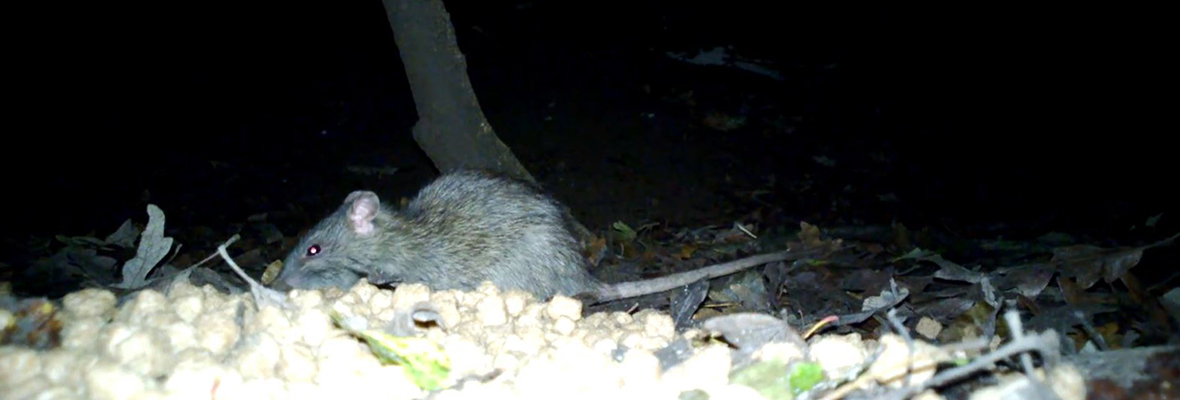Why do Atlantic City Rats have Tails?
Rats are characterized by their long tails. The Atlantic City rat's tail is its vertebral column's extension that comes out of its back. It is a long and cylindrical and made of three consecutive layers. They are the bone, which is surrounded by tendons and the skin which surrounds the tendons. Blood vessels are found between the tendons and run through the tail.

Tails are essential and they perform three main functions. They are:
1. Thermoregulation
2. Balance
3. De-gloving
Thermoregulation
The tails performs the function of a thermo regulator. It functions as an organ for heat loss because of its has a large surface to volume ratio. The rat dissipates about 17% of its body heat through the tail. The tail has no fur but it has many blood vessels. The rat controls body temperature by constricting or dilating the blood vessels in the tail.
When the temperature of New Jersey rat's body rises the tail vessels expand permitting lot of warm blood to flow through the tail. This warm blood loses its heat through the end of the tail and returns back to the body at a much lower temperature. This mechanism cools the rat.
The same process is reversed when the body temperature of a rat drops. The vessels in its tail shrink allowing the heat to be conserved.
Balance
Rats use their tails to balance. When an Atlantic City rat crosses through a narrow space like a rope they flick their tail from side to side to steady them. It is like a tight rope walker using a balancing pole. Imagine the rope as an axis and the rat able to rotate round it. The centre of gravity must stay above the rope. The rat's tail helps in balancing by increasing the rotational inertia of the rat and the rat is given time to adjust its centre of gravity. The tail also helps to change the centre of gravity. The rat does this by coordinated flexion and extension of tail muscles.
When rats eat, they like to perch on the corners of the food container. They grasp the container with their back paws while eating with the front paws. The rear end sticks out. When the bowl is at a height the rat seems as if it will fall backwards. It manages to balance by curling the tail around the bowl. This actually moves the centre of gravity and keeps the rat stable
When the bowl is lowered the rats like to stiffen their tails so that it touches the floor. They seem to use it like a third leg.
De-gloving
This is a defense mechanism exhibited by using the tail. This is used when a predator catches the rat by its tail. The outer layer of the tail, the skin can detach itself allowing the rat to escape.
When de-gloving occurs the skin does not grow back. If the injury is small and on the tip it will dry and heal on its own. Otherwise it is very painful and the inner parts are exposed to bacterial and viral infections.
Visit our Atlantic City wildlife trapping home page to learn more about us.

